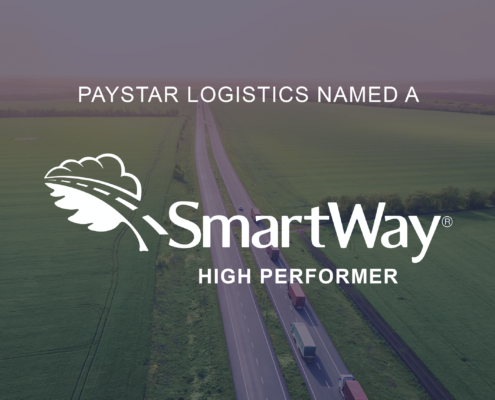
PAYSTAR REACTS: OPTIMIZING REGIONAL FLEETS FOR POST-PANDEMIC SUCCESS
Paystar Reacts: Optimizing Regional Fleets for Post-Pandemic Success
It’s no secret that 2020 threw most of us for a loop. The pandemic and its still-unknown aftermath have shifted the way we live, work, shop, socialize and more.
For many in our industry, the impacts were far-reaching. Supply chains shifted, retail and distribution needs changed and a level of uncertainty about previously proven systems and processes came to the forefront.
Like many Logistics partners, finding solutions to meet the needs of our clients meant getting creative and staying creative. It meant finding the best fit carriers for every lane we filled and making sure they were uniquely positioned to handle evolving scope of work based on outside forces related to the pandemic.
Regional Freight Optimized For Success
We were struck by a recent article on FreightWaves that outlined just a few of the ways that regional carriers are positioned to take advantage of just-in-time inventory needs in the “post-pandemic” world.
Their article speaks specifically to the power of smaller, medium-sized carriers to fill gaps in the supply chain, specific to last-mile and just-in-time inventories.
Regional carriers are some of the primary partners within the Paystar network. Their businesses have been crucial to the success of our lane optimization efforts for some time.
“Smaller, regional fleets have always played a critical role in the supply chain,” said Elizabeth Elkins, chief product office at PowerFleet. “They offer clients the speed, multilocation distributed loads and other customized offerings that are fostered by their proximity and customer intimacy.”
Many regional carriers are positioned to maximize their freight opportunities as just-in-time inventory needs of clients increase. Consumers and brands alike are morphing the way that we shop and engage in the sales cycle, which impacts how we manage and optimize our supply chains.
We place particular emphasis on relationships within our network. We know the value these regional partnerships bring to our clients and we take special care to identify the carriers best positioned for success within our model. We do this by prioritizing face-to-face (or zoom-to-zoom!) meetings with each of our carriers. We learn their business model, their asset utilization strategies, and their core goals to ensure they are the best partners for our clients.
Success doesn’t just come from great partnerships, it also comes from having the right tools. Paystar has invested in developing technology tools for our carriers and clients to improve process management and shipment control in a singular collaborative platform.
Why Our Model Works
Our sourcing model partners our clients with best-fit regional carriers who have access to our in-house technology solutions making a great long-term solution for many of the businesses who trust Paystar Logistics to fill their trouble lanes. If you’re ready to stop searching for any carrier to fill your lanes, we’re here to help you identify the right carrier. Get in touch today.
MORE ARTICLES

Spear Phishing in the Transportation Sector: What is it and How to Protect Yourself
While the transportation and logistics industry isn’t new to experiencing coordinated “cyber attacks”, cybercriminals are constantly iterating on their methods of infiltration. Just this year, several top IT firms have identified a sharp increase in costly security breaches that all follow a similar pattern. In this pattern, the primary attack vector is a method known…

Why We’re Committed to the SmartWay program
Paystar Logistics is proud to announce our recent designation as a SmartWay High Performer. As a SmartWay Partner, we join the EPA in their quest to build a more efficient, productive, and sustainable freight industry.

A Look at the U.S. Truck Driver Shortage in 2021
A truck driver shortage is nothing new to the U.S. In fact, according to a 2019 analysis report by the ATA (American Trucking Association), we have struggled with truck driver shortages for the past 17 years. This was first recognized in 2005 when we were short, roughly 20,000 drivers to fulfill shipping demands. However, by the end of 2018, that number rose to…

